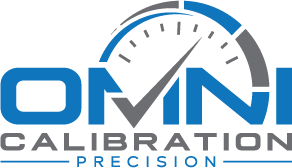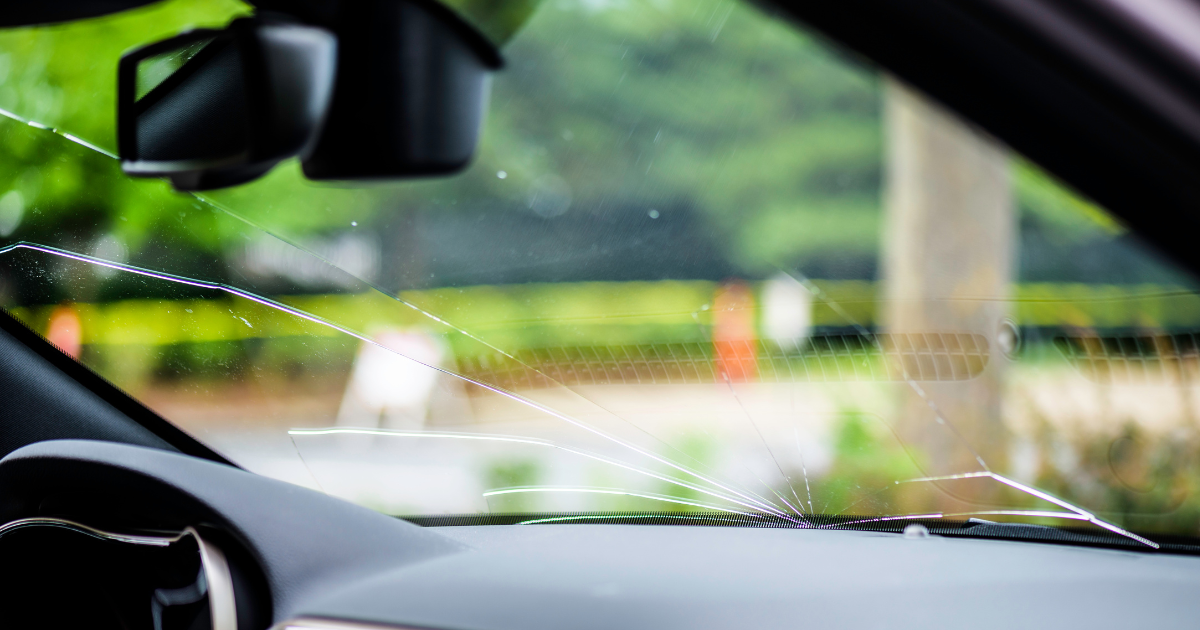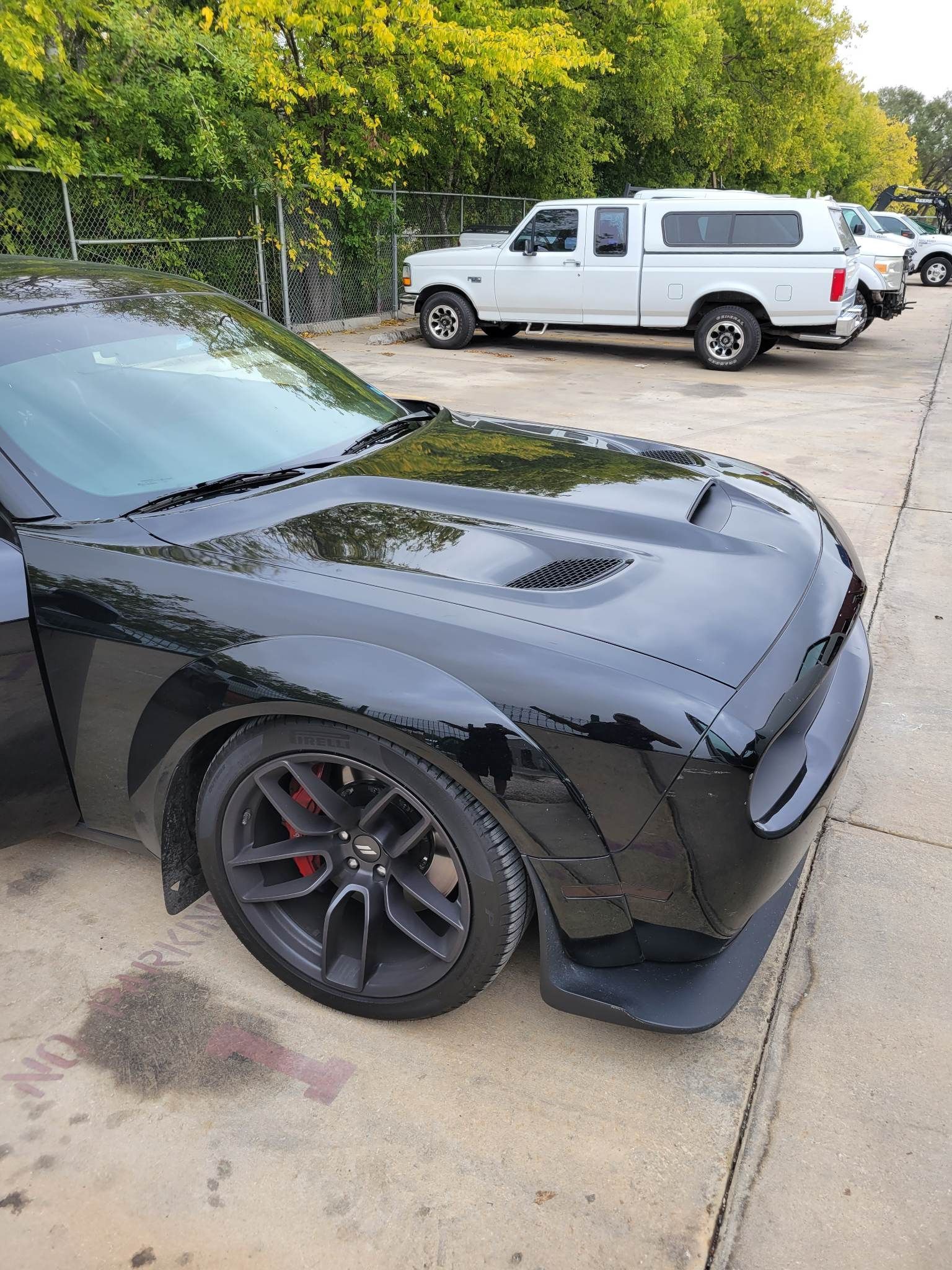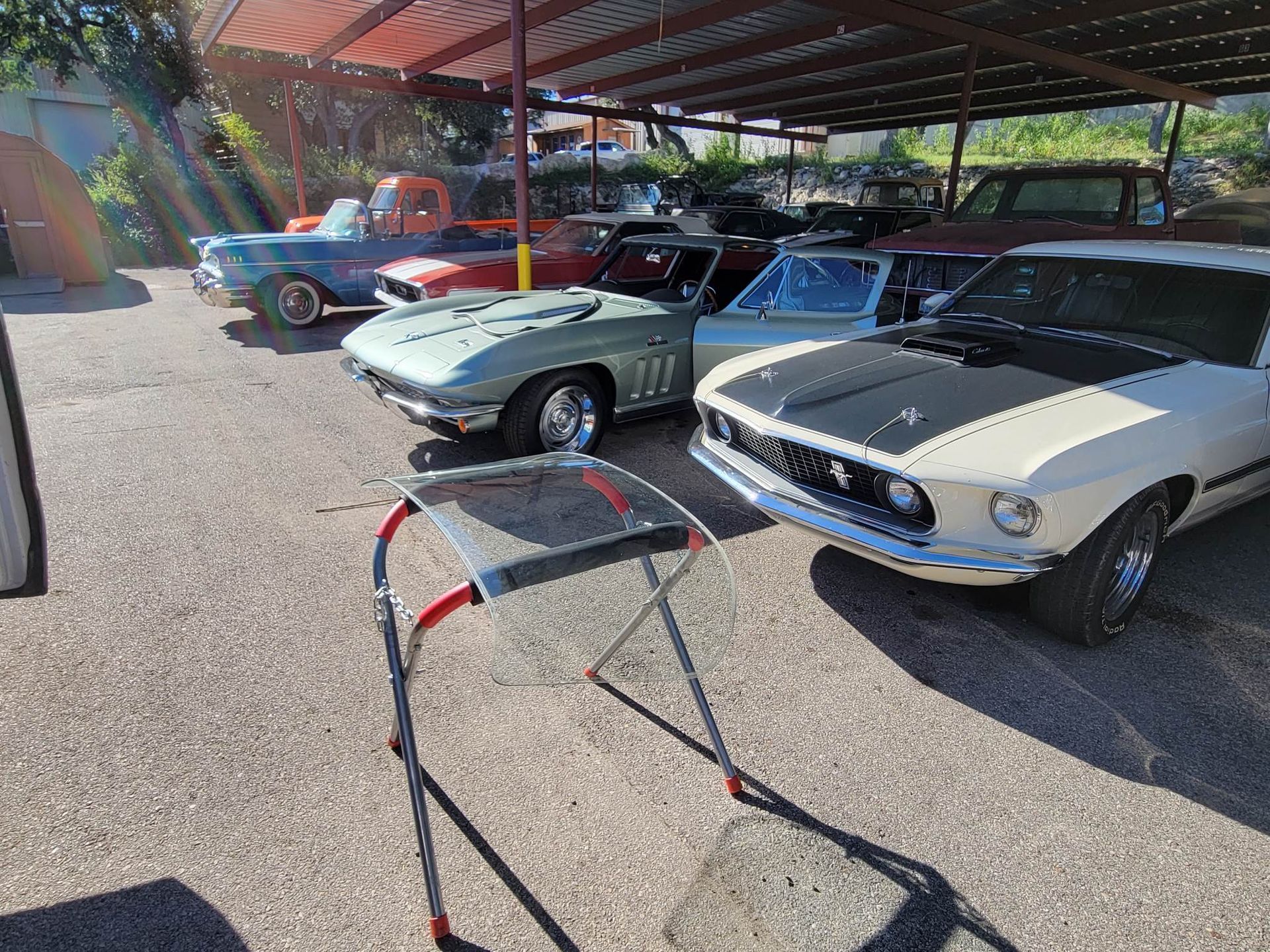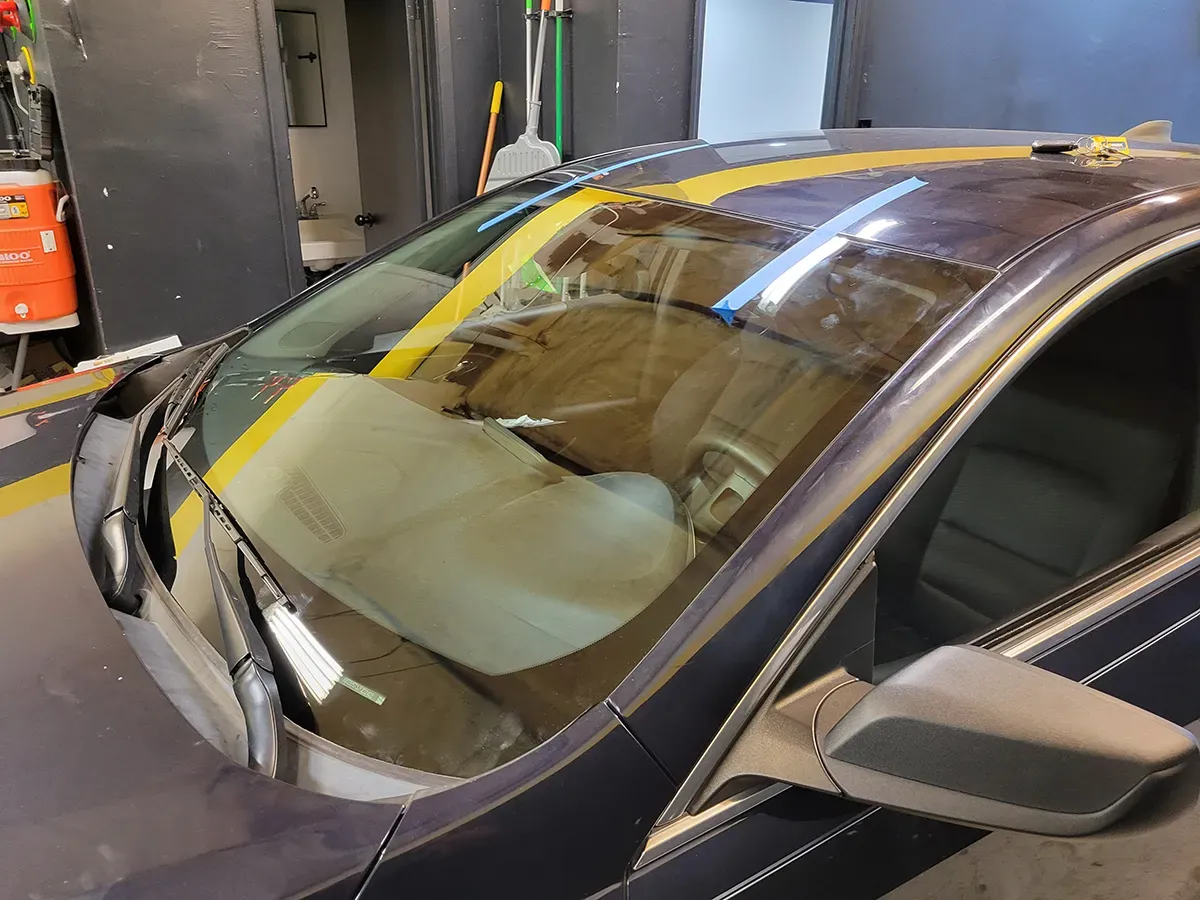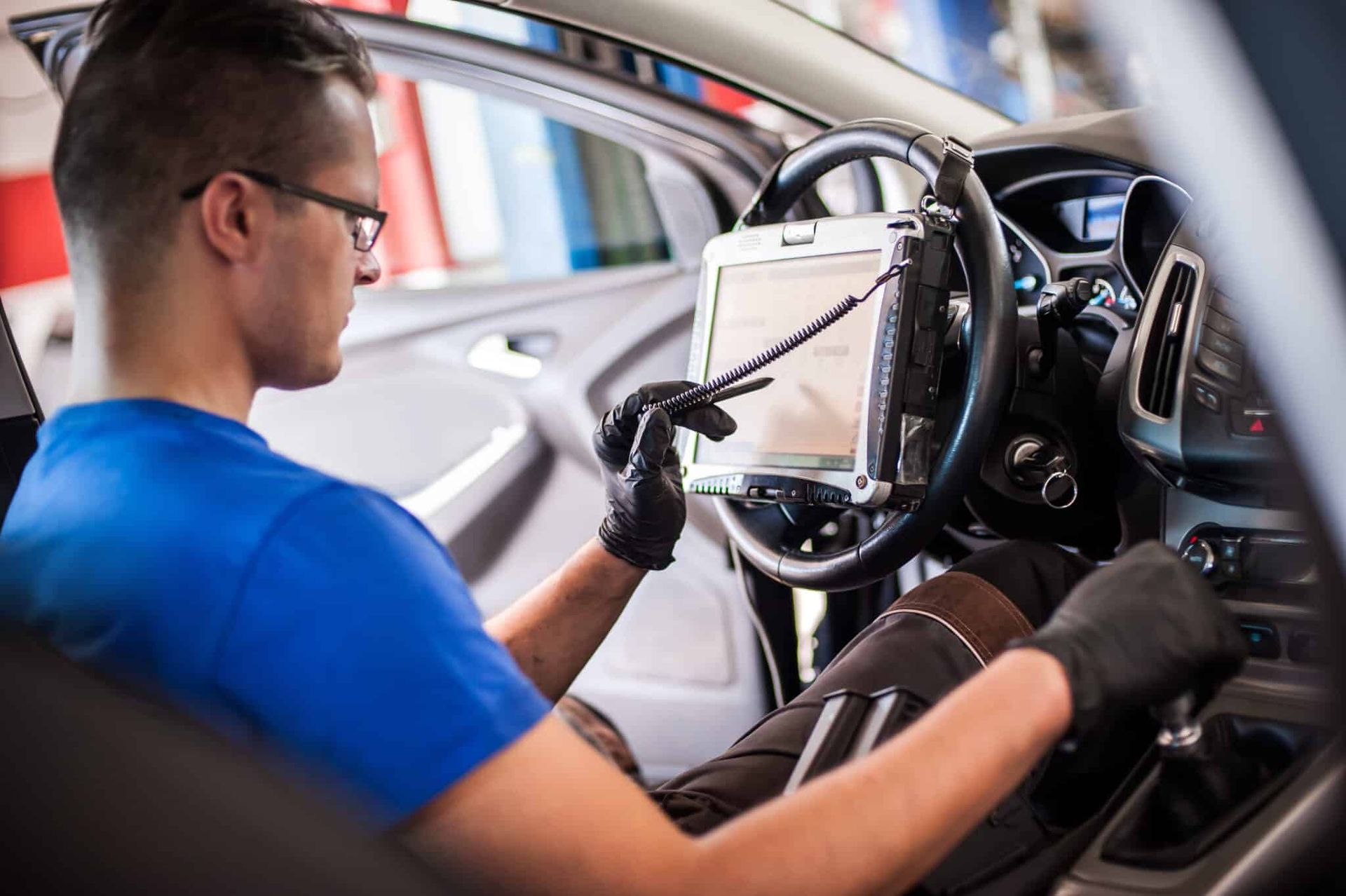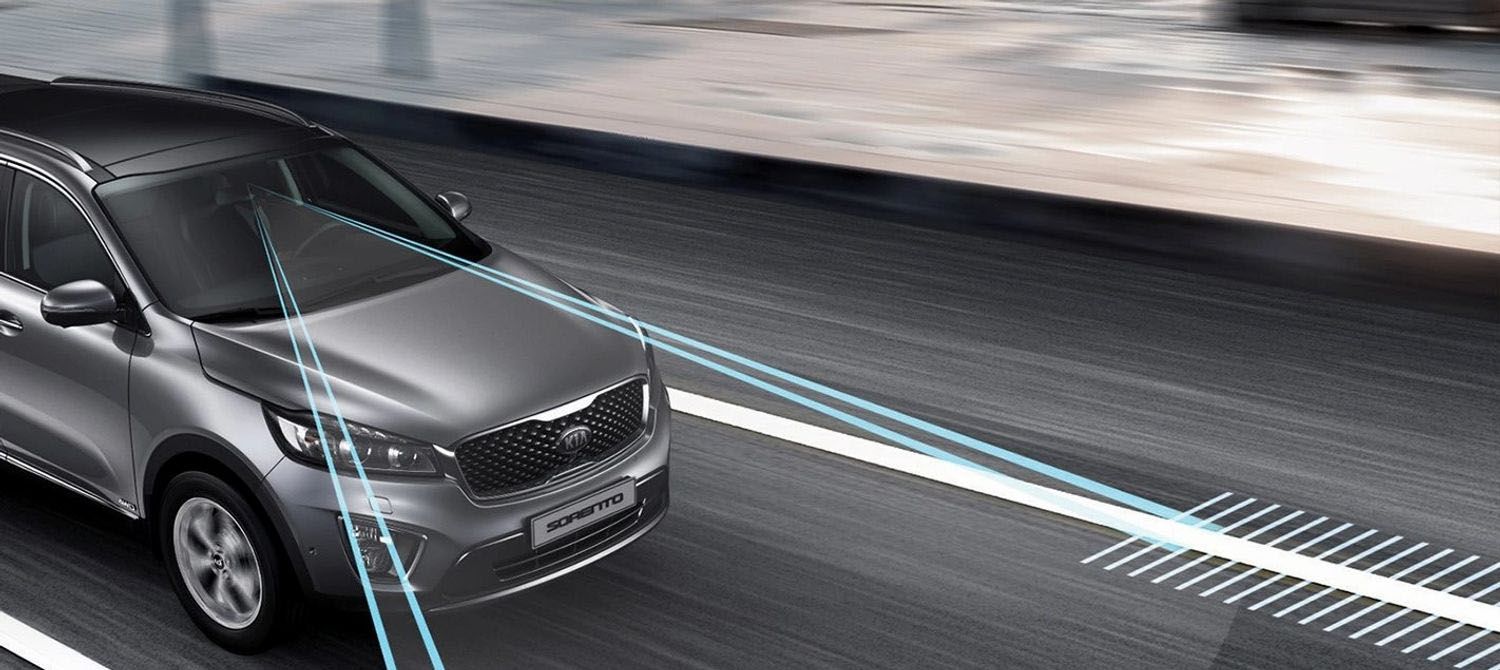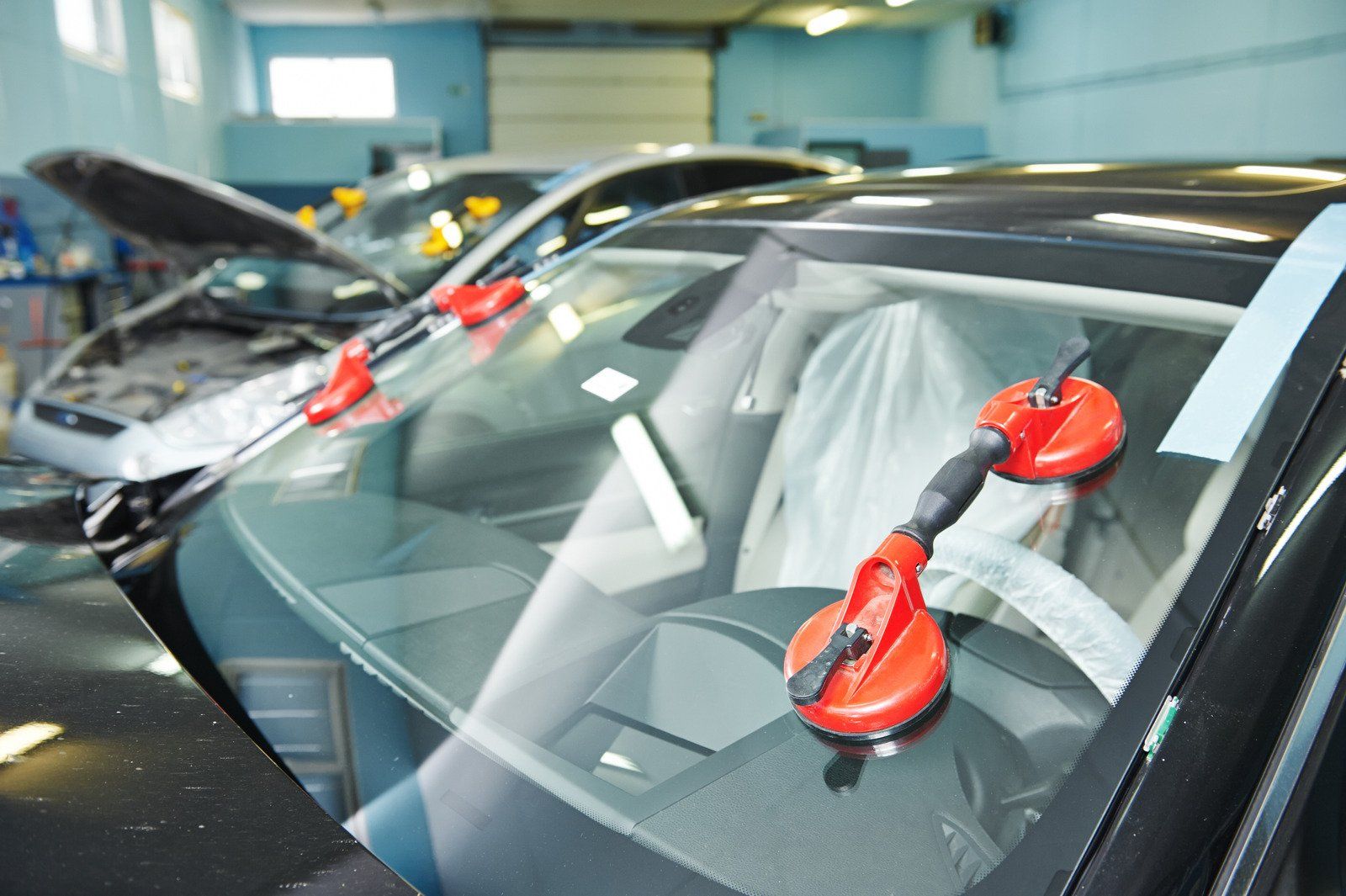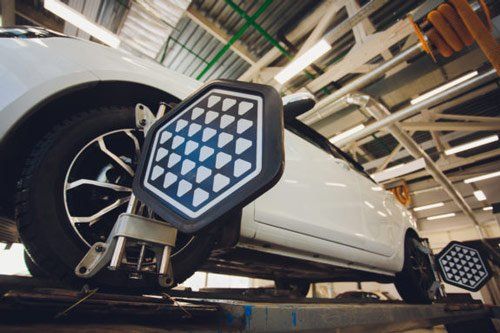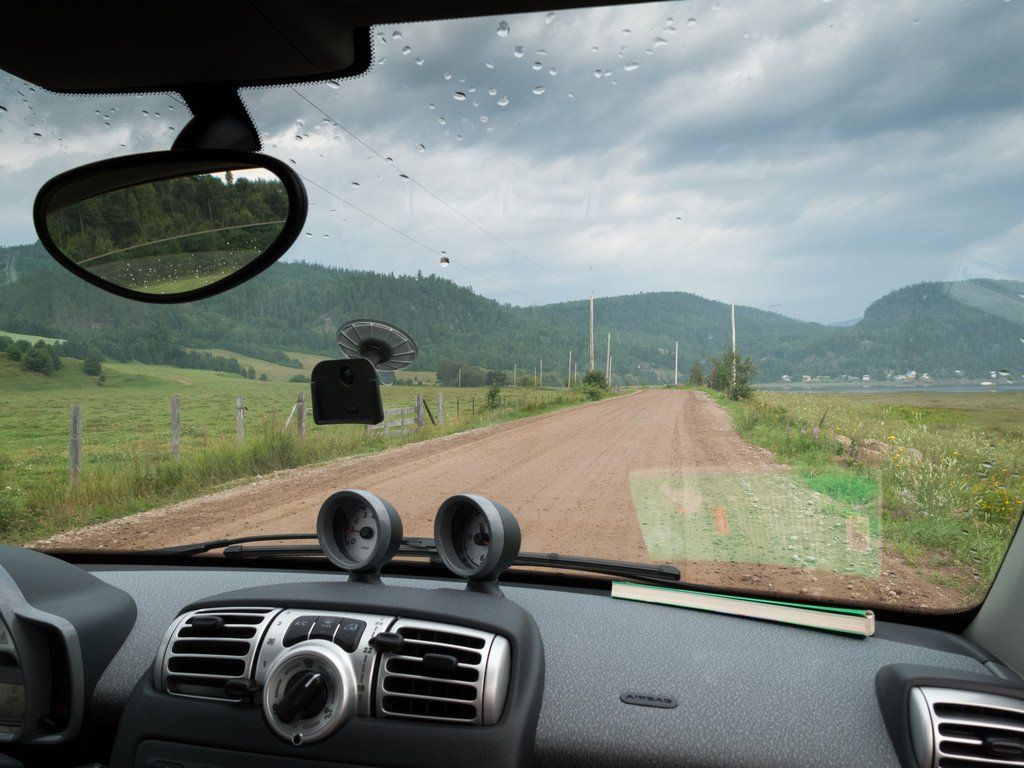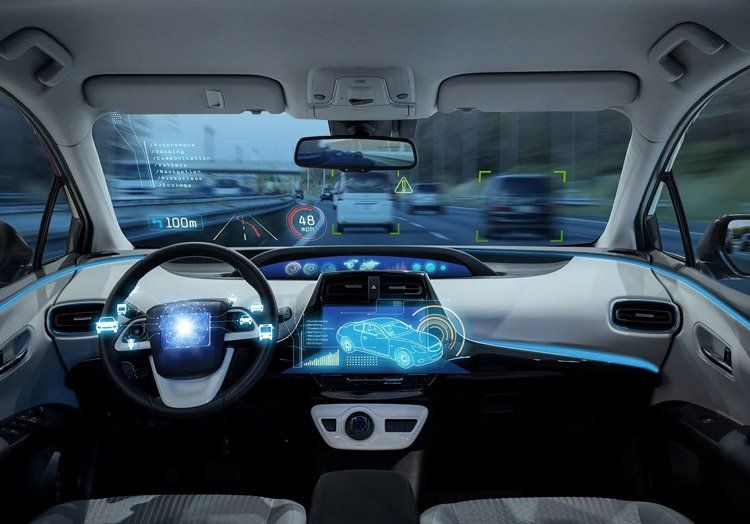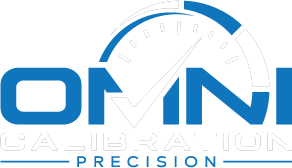Car Calibration After Windshield Replacement
If you've recently had your car's windshield replaced, you might have heard the term "car calibration" thrown around. But what exactly is car calibration, and why is it so important after a windshield replacement? In this article, we'll dive into the nitty-gritty of car calibration, especially in the context of modern vehicles equipped with
Advanced Driver Assistance Systems (ADAS).
What is Windshield Calibration?
Car calibration refers to the precise adjustment of a vehicle’s sensors and cameras to ensure that all the ADAS features work correctly. These systems, which include lane departure warning, adaptive cruise control, and automatic emergency braking, rely on a clear and accurate view of the road ahead. When you replace your windshield, even the slightest misalignment can throw these systems off, potentially leading to unsafe driving conditions.
Why Is Calibration Necessary After Windshield Replacement
So, why is calibration necessary after replacing your windshield? The answer lies in the delicate nature of modern automotive technology. ADAS features are designed to enhance safety by providing real-time data and feedback to the driver. These systems rely on cameras and sensors typically mounted on or near the windshield. If these components are not perfectly aligned, the system’s performance can be significantly compromised.
Imagine driving on a busy highway, trusting your lane departure warning system to keep you safe, only to realize it’s not working correctly because of a misaligned camera. This scenario highlights the critical importance of ensuring that all sensors and cameras are calibrated accurately after any windshield replacement.
The Calibration Process
Understanding the calibration process can help demystify this crucial step in windshield replacement. Generally, there are three types of calibration: static, dynamic, and dual (a combination of both).
Static Calibration is performed in a controlled environment, usually a workshop, where the vehicle is stationary. Specialized equipment and targets are used to calibrate the sensors and cameras.
Dynamic Calibration requires the vehicle to be driven at specific speeds on well-marked roads. The on-road conditions allow the vehicle’s systems to calibrate themselves while interpreting real-world scenarios.
A professional technician will determine the best method based on the vehicle's make, model, and specific ADAS features. The process involves meticulous adjustments using sophisticated tools and software to ensure all sensors are aligned precisely.
Benefits of Proper Calibration
Accurate calibration offers several significant benefits:
- Enhanced Safety: Proper calibration ensures that all ADAS features, such as lane-keeping assist, collision avoidance, and pedestrian detection, function as intended. This significantly enhances overall vehicle safety.
- Optimal Performance: A correctly calibrated system performs optimally, providing accurate feedback and support to the driver. This reliability can be critical in preventing accidents and ensuring a smooth driving experience.
- Cost Savings: While calibration may seem like an additional expense, it can save you money in the long run. Accurate ADAS systems help avoid accidents, which can lead to costly repairs and higher insurance premiums.
Choosing a Reliable Service Provider
Given the complexity and importance of calibration, it’s crucial to choose a reliable service provider for your windshield replacement and calibration needs. Here are a few tips to help you make an informed decision:
- Look for Certification: Ensure the service provider has certified technicians trained in ADAS calibration. Certifications indicate a high level of expertise and adherence to industry standards.
- Check Reviews: Customer reviews and testimonials can provide valuable insights into the quality of service. Look for providers with positive feedback regarding their calibration services.
- Ask Questions: Don’t hesitate to ask the service provider about their calibration process, the equipment they use, and their experience with your specific vehicle make and model.
Car calibration after windshield replacement is not just a technical necessity but a crucial step in maintaining the safety and performance of your vehicle. With the increasing reliance on ADAS features, ensuring these systems are accurately calibrated can make a significant difference in your driving experience. Prioritize choosing a certified service provider to handle your calibration needs, and enjoy the peace of mind that comes with knowing your vehicle is in top-notch condition.
If you’ve recently replaced your windshield or are considering it, don’t overlook the importance of calibration. Contact Omni Calibration today to ensure your vehicle’s safety features are functioning correctly.
Back to top:
Car Calibration After Windshield Replacement
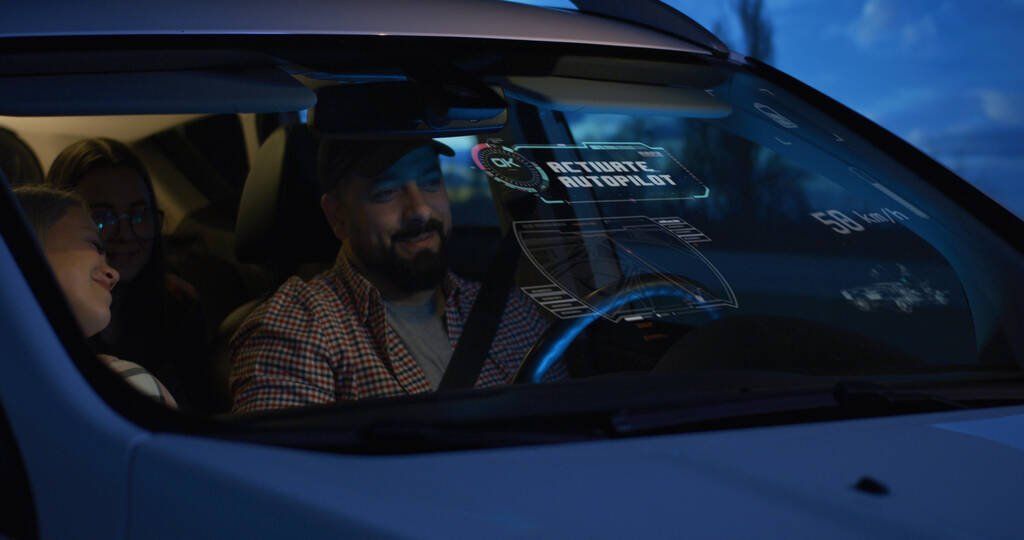

Contact Information
Phone: (210) 953-3490
Email: sales@omniautocal.com
Business Hours:
Mon - Sat: 8:00 AM to 5:00 PM
Sunday: Closed
Quick Links
All Rights Reserved | Omni Calibration
